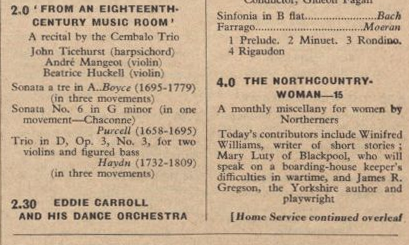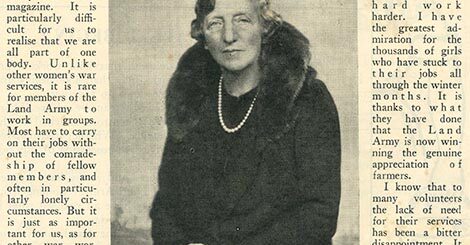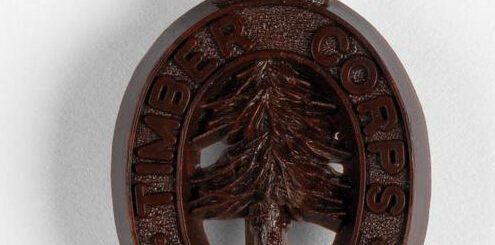Running the WLA: Fields, Forests, and Fundraising
Some Land Girls and Lumber Jills became prolific fundraisers. Their aim: to raise money for the Women’s Land Army Benevolent Fund and County Welfare Funds. These funds were set up largely to support women after their wartime service. This post looks at the history of these funds and how women raised money.
The Funds
Some of you may be surprised to learn that Lady Denman set up the Women’s Land Army Benevolent Fund as early as July 1942. The Fund was designed to help Land Girls who experienced hardship, illness, or disability, as well as to give grants towards education and training. The Benevolent Fund also funded the: Women’s Land Army Club; Homecraft Training Centre; Convalescent Home; and two rest homes. County Welfare Funds were set up for similar purposes, to provide funding for Land Girls and Lumber Jills on a county level.
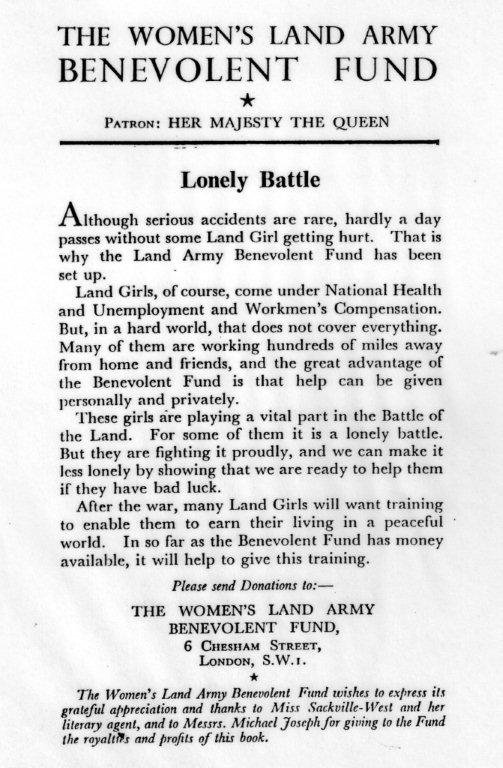
Fundraising Activities
Whist drives, film nights, theatrical performances, Flag Days, and raffles are just a flavour of some of the activities used to encourage people to part with their money in aid of the various funds. In March 1945, Land Girls at Barton Bendish Hostel hosted a dance with an American band, raising £6 for the Benevolent Fund, as well as another national charity. In Christmas 1946, Land Girls in Shewsbury held a Bazaar raising over £437; £110 of which went to the Benevolent Fund, with the rest going to the County Welfare Fund. The bazaar hosted stalls dedicated to needlecraft and ‘fancy work’, with each stall awarding a £1 prize for the best craft item made by a Land Girl.
While the above might sound somewhat trivial compared to the work women were carrying out in the fields and forests, fundraising played an important part in women’s lives. On a practical level, it bound women into the wider national community of Land Girls. They raised money to support fellow Land Girls either in their post-war life, or more immediately in dealing with the negative effects of land work.
The nature of fundraising events meant that by arranging a dance, book stall, or craft activities, women developed links with their local communities. The logistics of organising and promoting events helped women to develop greater ties within their local areas. For women who could be hundreds of miles from home, this local comradeship could play a crucial part in their experiences in allowing them to meet more people.
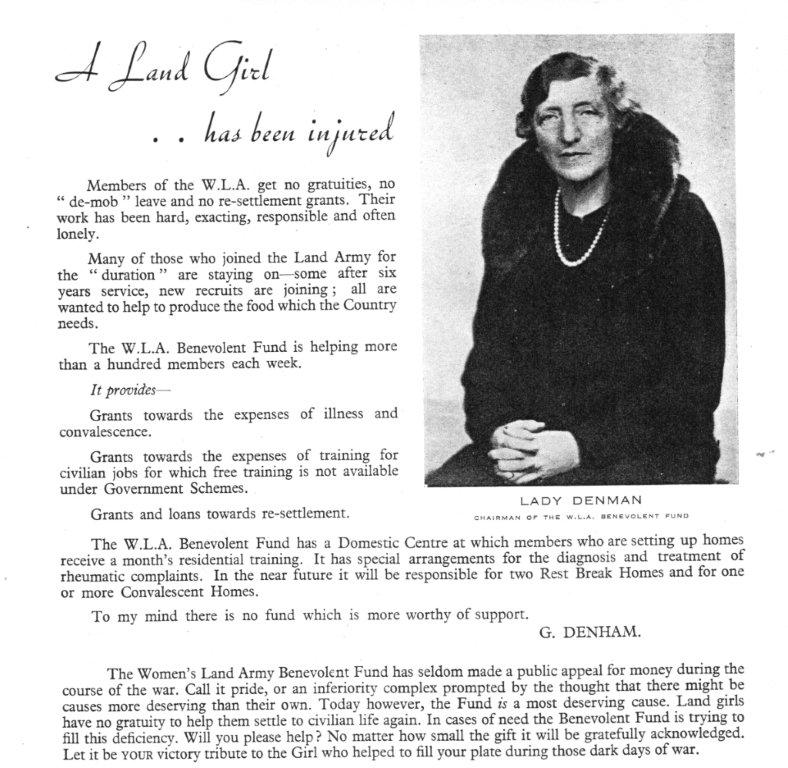
Source: Stuart Antrobus
How was the money spent?
Each issue of The Land Girl dedicated a small section to the Benevolent Fund. The secretary would report on which county had raised the most money, in a bid to encourage friendly competition. For example, in August 1943, The Land Girl gave women a challenge: West Suffolk had raised the equivalent of £1 from every volunteer employed, ‘which county will be the first to beat it’? In March 1946, the secretary gave a breakdown of expenditure between grants and loans, courses, and other expenses. Some of the most popular post-war careers related to hairdressing, dressmaking, and secretarial work: one woman used money from the fund to help re-decorate her new drapery shop! Another two Land Girls were able to return to their homes in South Africa following their wartime service.
The Fund Today
In March 1947, it was reported that the fund exceeded over £323,000. The government gave £170,000 to the fund as they did not offer women in the WLA or the WTC the same post-war gratuities for women in other wartime occupations. The WLA Benevolent Fund still exists, but under the umbrella of the charity ‘Family Action’ and supports women who were in the WLA, their families, and dependents, who are in conditions of need, hardship, or distress.
Find out more
The Land Girl, March 1945, p.13.
The Land Girl, March 1944, p.12.
The Land Girl, March 1947, p.10.
The Land Girl, August 1943, p.5.
The Land Girl, March 1945, p.10.
